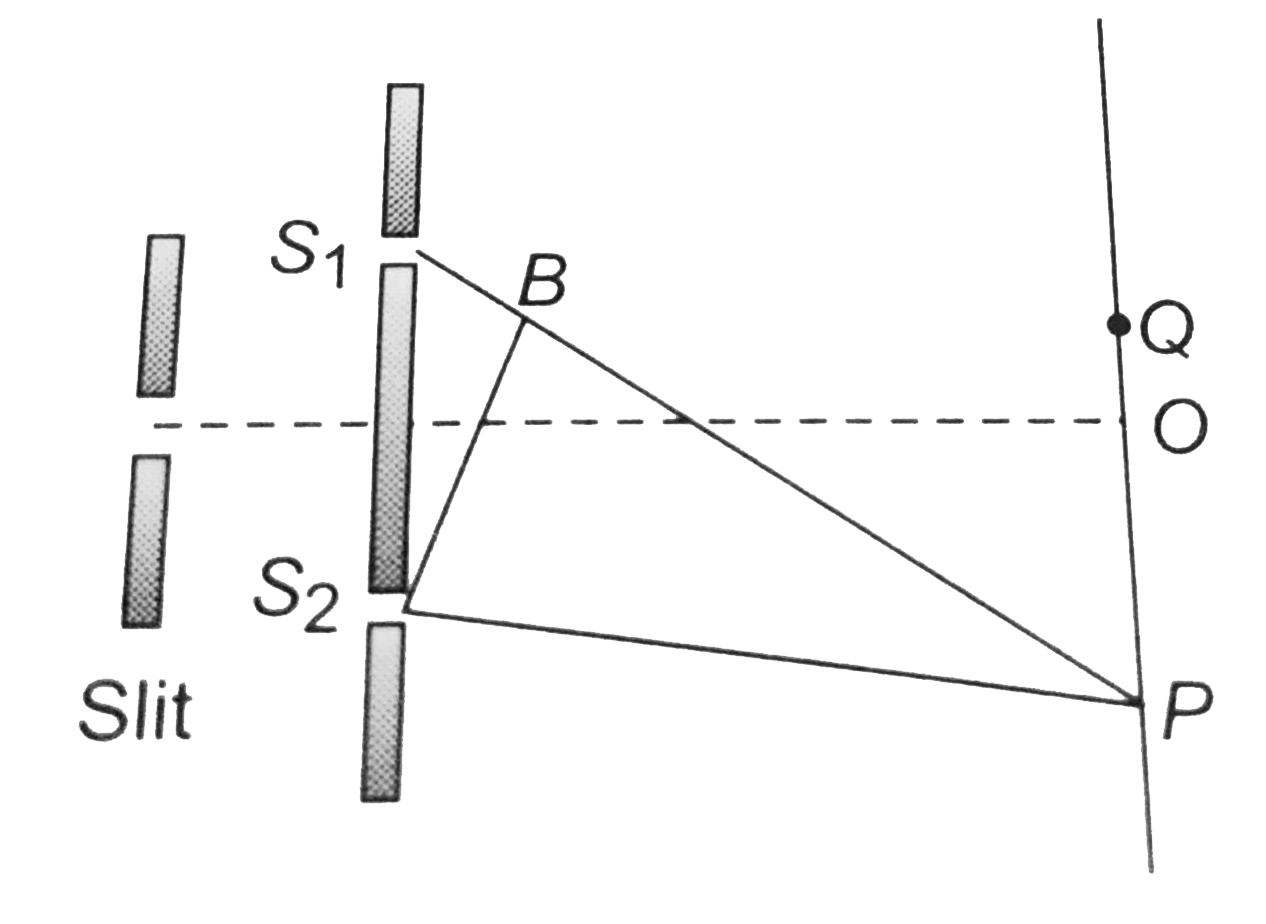In young's double slit experiment the nth red bright band coincides with (n+1)th blue bright band. If the wavelength of red and blue lights are 7500A∘ and 5000A∘, the value of 'n' is
5762A∘
5825A∘
6000A∘
6500A∘
The correct Answer is:B
Step by step video & image solution for In young's double slit experiment the n^(th) red bright band coincides with (n+1)^(th) blue bright band. If the wavelength of red and blue lights are 7500 A^(@) and 5000 A^(@), the value of 'n' is by Physics experts to help you in doubts & scoring excellent marks in Class 12 exams.
Updated on:21/07/2023Topper's Solved these Questions
- WAVE OPTICSBOOK - AAKASH SERIESCHAPTER - WAVE OPTICSEXERCISE - LECTURE SHEET EXERCISE-I (LEVEL -II) (ADVANCED )staright Objective Type Questions
30 Videos
- WAVE OPTICSBOOK - AAKASH SERIESCHAPTER - WAVE OPTICSEXERCISE - LECTURE SHEET EXERCISE-I (LEVEL -II) (ADVANCED ) More than one correct answer Type Questions
4 Videos
- WAVE OPTICSBOOK - AAKASH SERIESCHAPTER - WAVE OPTICSEXERCISE - Additional Practice Exercise (Practice Sheet (Advanced))
6 Videos
- WAVE MOTION AND SOUNDBOOK - AAKASH SERIESCHAPTER - WAVE MOTION AND SOUNDEXERCISE - PROBLEMS (LEVEL - II)
97 Videos
- WAVESBOOK - AAKASH SERIESCHAPTER - WAVESEXERCISE - EXERCISE-III (Doppler effect :)
15 Videos
Similar Questions
In an interference pattern the (n+4)th blue bright fringe and nth red bright fringe are formed at the same spot. If red and blue light have the wavelength of 7800Å and 5200Å then value of n should be-
View SolutionIn Young.s double slit experiment, what is the path difference between the two light waves forming 5th bright band (fringe) on the screen ?
View Solution
Knowledge Check
In a Young's double slit experiment, the source is white light. One of the holes is covered by a red filter and another by a blue filter. In this case
Athere shall be alternate interference patterns of red and blueBthere shall be an interference pattern for red distinct from that for blueCthere shall be no interference fringesDthere shall be an interference pattern for red mixing with one for blue.
In Young's double slit experiment, the wavelength of red light is 7800Å. The value of n for which nth bright band due to red light coincides with (n+1)th bright band due to blue light(λ=5200Angstrom), is
View SolutionIn Young.s double slit experiment sodium light is replaced by blue lamp, then the fringe width
View SolutionIn a Young's double slit experiment, the source is white light. One of the holes is covered by a red filter and another by a blue filter. In this case
View SolutionIn the figure is shown Young's double slit experiment. Q is the position of the first bright fringe on the right side of O. P is the 11th bright fringe on the other side, as measured from Q. If the wavelength of the light used is 600nm. Then S1B will be equal to

View SolutionIn Young's double - slit experiment intensity at a point is (1/4)th of the maximum intensity. The possible angular position of this point is
View SolutionIn Young's double-slit experiment, the ratio of intensities of a bright band and a dark band is 16:1. The ratio of amplitudes of interfering waves will be
View SolutionA : In Young.s double slit expriment the band width for red colour is more
R : Wavelength of red is small among the colours of white light.
View Solution
